It is true that children learn by experiencing and not everything need be spelled out in front of them. I love doing activities with my daughter and recently we did a cyclone experiment together which we had seen on toddler TV.
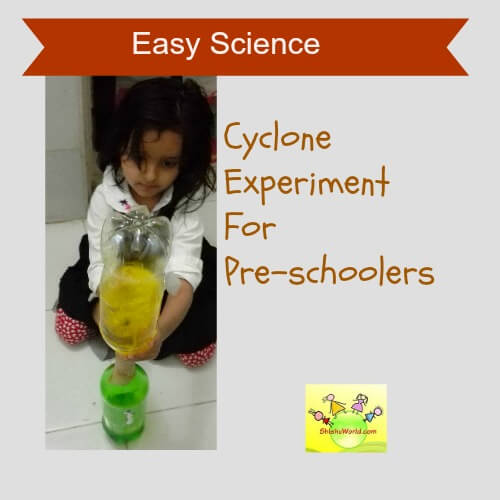
Top 5 TV shows for your toddler/pre-schooler
The best part was that she understood the process beautifully and insisted that we do it home. I did not tell her any big terms or theories behind the process, but it was nice to see her interested in doing things herself. She is at a stage (Yes, she turned 4 recently), where she wants to do everything herself and I am happy to let her as long as it is not dangerous.
What you need:
Water
2 plastic bottles (bigger the better)
Food color
Scotch tape
How To:
Fill one plastic bottle with water until it reaches around three quarters full.
Add a few drops of food color.
Now turn the other bottle upside down and fix it on top of the first bottle using tape. Ensure it is fixed well so that water does not leak.
Turn the bottle upside down and hold it by the neck. Quickly spin the bottle in a circular motion for a few seconds and turn it upside down. Stop and look inside. You can see a mini cyclone forming in the water.
It took us a few tries to get it right, but it was fun.
The science behind this:

Spinning or swirling the bottle in the bottle creates a vortex. This vortex looks like a mini tornado in the bottle. The hole in the center allows the air from the bottle below to go up rapidly and allows the water to go down quickly. Similar vortexes are formed in nature in case of tornadoes, hurricanes and waterspouts.
But you do not have to explain all this to pre-schoolers. Just let them have fun and allow them to experience.
Further Read:
Household stuff to make inexpensive toys for children
pic credit: sciencekids.co.nz

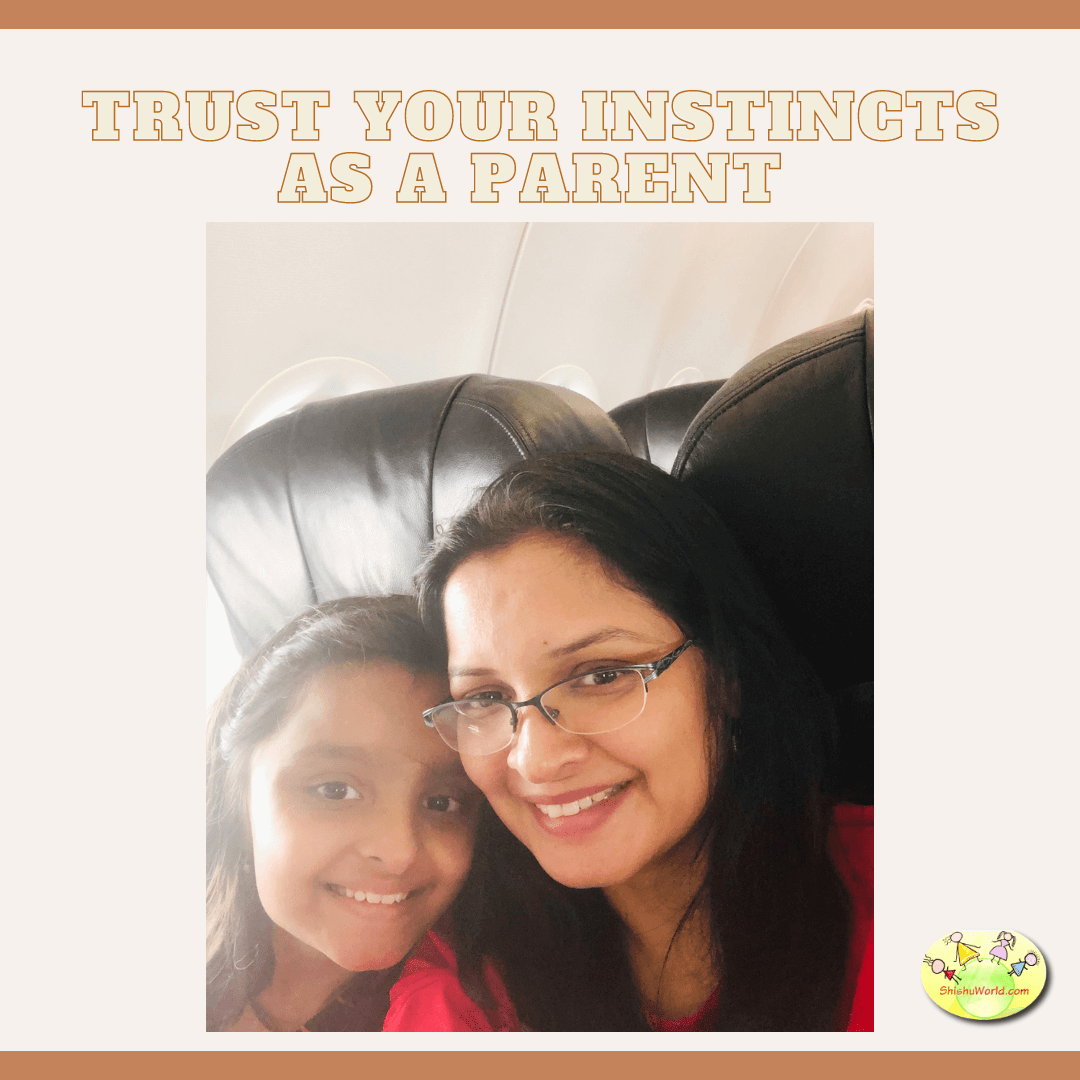

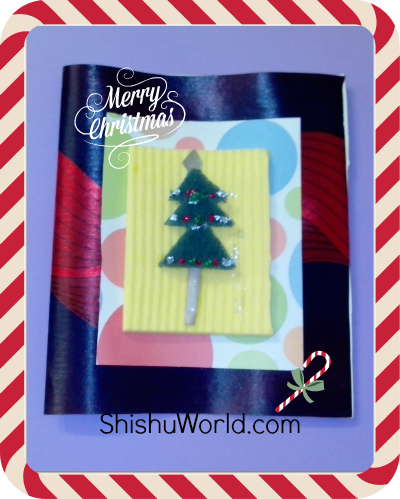
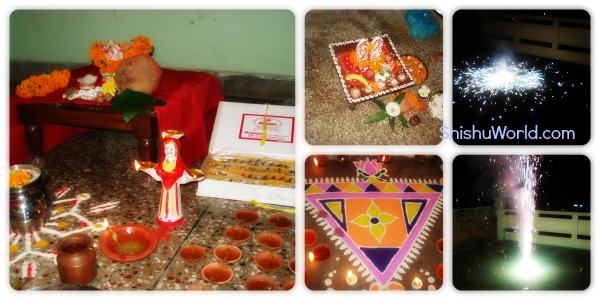
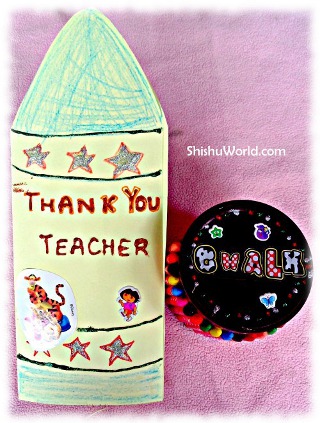
One Reply to “Simple Science for Toddlers/ Pre-schoolers – Cyclone Experiment”